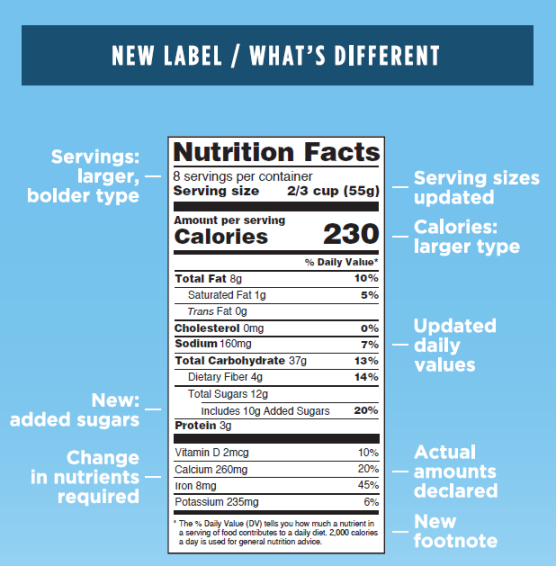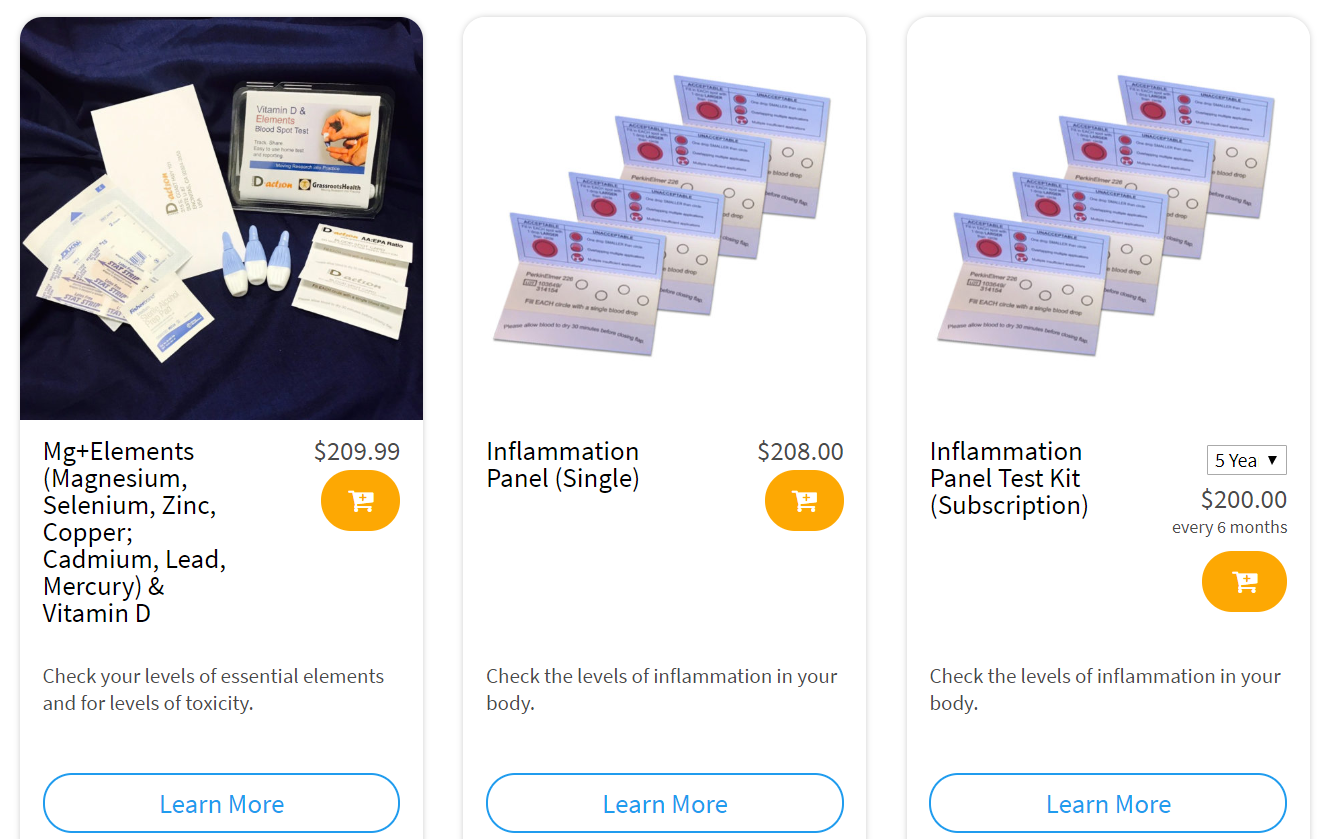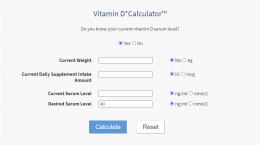Published on September 3, 2019
On May 27, 2016, the U.S. Food and Drug Administration (FDA) published new rules for Nutrition Facts labels that affect how labels read on vitamin D supplements and food products containing vitamin D. Two of these new rules affect vitamin D labeling:
- Vitamin D is now required to be listed in units of micrograms (mcg) instead of International Units (IU). While the product manufacturer does have the option to also list IU in parentheses, they are not required to. (The units of measure on the label will also change for other nutrients, including vitamin A, vitamin E, and folate)
- The label must show the new or updated % Daily Value (DV); in the case of vitamin D, some supplements still use the outdated recommended DV of 400 IU vitamin D per day, which has since been updated by the Institute of Medicine to 600 IU per day.
Manufacturers are required to begin using the new labels by January 1, 2020, however, some have already begun to implement the changes. You may also notice other changes that are not related to vitamin D, such as different font sizes, new nutrients included, and the consistent use of metric units.

How to convert mcg to IU
It may take a bit of time to immediately recognize if a vitamin D supplement has the amount of vitamin D in it that you are looking for. In the meantime, remember this conversion:
1 mcg = 40 IU Vitamin D
Some of the more common doses would show as follows:
10 mcg = 400 IU
20 mcg = 800 IU
25 mcg = 1000 IU
100 mcg = 4000 IU
125 mcg = 5000 IU
250 mcg = 10,000 IU
Use the GrassrootsHealth.net mcg to IU Calculator
 To help with conversion, GrassrootsHealth has created an online calculator for you to use. You can always find this calculator and our other calculators, such as our ng/ml to nmol/L calculator and our intake calculators, under the “Calculators” tab on the main navigation menu of our website. Click here to view the calculator now.
To help with conversion, GrassrootsHealth has created an online calculator for you to use. You can always find this calculator and our other calculators, such as our ng/ml to nmol/L calculator and our intake calculators, under the “Calculators” tab on the main navigation menu of our website. Click here to view the calculator now.
Are you getting enough vitamin D?
Testing your vitamin D level regularly and taking daily steps to keep it at a target level of 40-60 ng/ml (100-150 nmol/L) is important for all stages of health. Find out your levels today! Log on to the shop (click the link below) to get your tests and see for yourself if your level can be improved.
Make sure you track your results before and after, about every 6 months!
Click Here to Access the Shop Page
How can I track my nutrient intake and levels over time?
To help you track your supplement use and nutrient levels, GrassrootsHealth has created an online tracking system called myData-myAnswers. For each specific supplement, you can track what days you take it, how much, and many other details. This will help you know your true supplemental intake and what patterns of use work for you to reach and maintain optimum nutrient levels. Check it out today!







